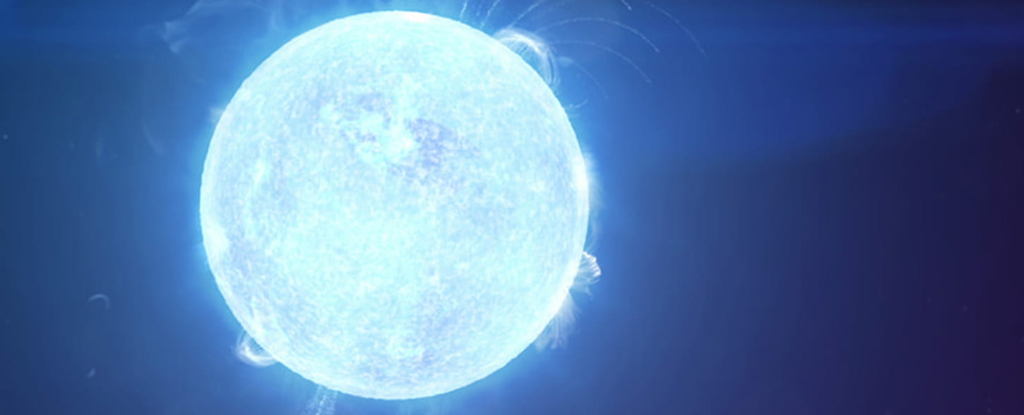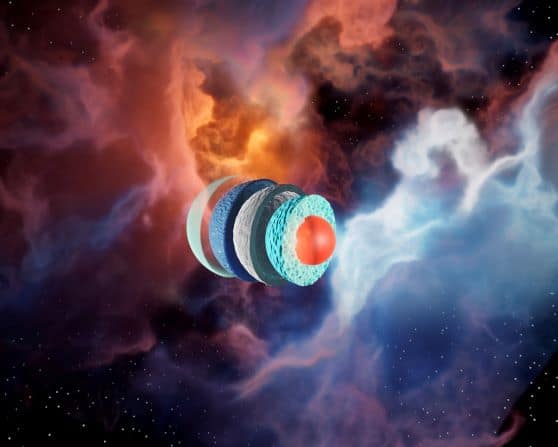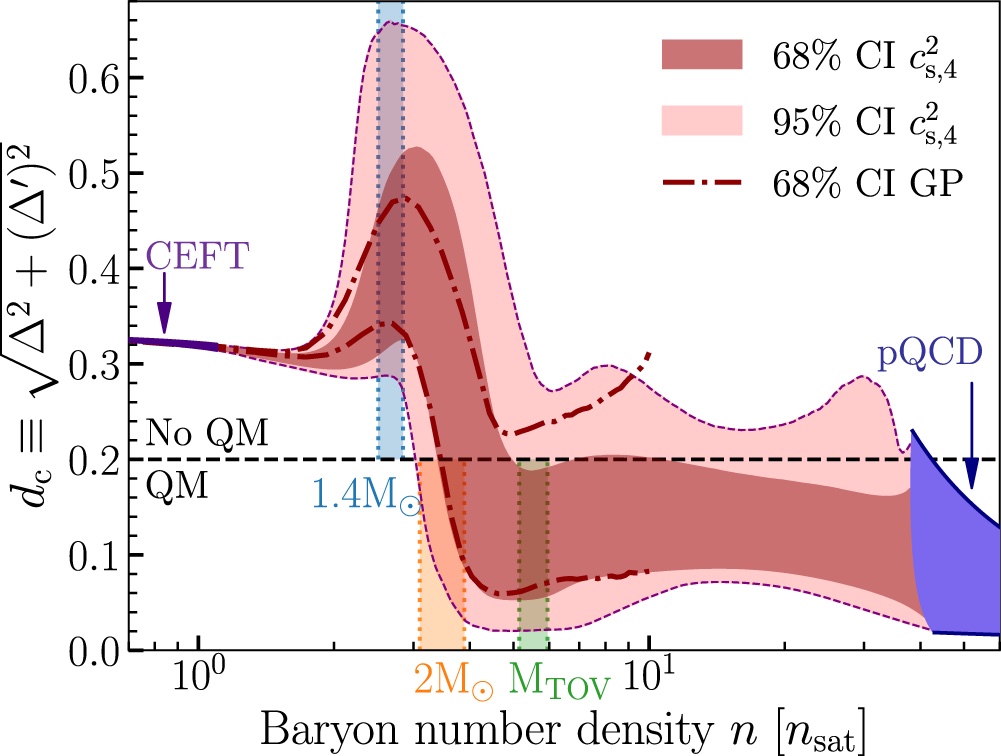
Atoms consist of three essential components: protons, neutrons, and electrons. While electrons are fundamental particles, protons and neutrons are composite particles composed of up-and-down quarks. Protons have two ups and one down, while neutrons have two downs and one up.
Due to the intriguing characteristics of the strong force, these quarks are perpetually bound to each other, preventing them from being truly independent particles like electrons, especially in the vacuum of space. However, a recent study in Nature Communications reveals their potential liberation within the cores of neutron stars.
Neutron stars are the remnants of massive stars, representing a final attempt to prevent a stellar core from collapsing into a black hole. Once the dense core exhausts all nuclear fuel, the only force capable of resisting gravity is the quantum pressure exerted by neutrons. And this is where the situation becomes intricate.

According to the basic model of a neutron star, its core is comprised of neutrons, teetering on the brink of collapsing inward. While these neutrons may vigorously interact with each other, they remain neutrons.
The intense binding of quarks within neutrons makes it seemingly impossible for them to separate. However, there’s a hypothesis suggesting that at the gravitational extremities, neutrons might relax, enabling their quarks to amalgamate into a form of quark soup. This conjecture implies that neutron stars could harbor a dense quark core.
Regrettably, running experiments on neutron stars or replicating the ultra-dense nuclear matter they contain on Earth isn’t feasible. However, we do have some understanding of how dense nuclear matter behaves, thanks to its equation of state.
An equation of state is a method for determining the collective properties of a material, and for neutron stars, this equation is referred to as the Tolman-Oppenheimer-Volkoff (TOV) equation. The challenge lies in the TOV being an exceedingly intricate equation, and if used to ascertain whether neutron stars possess a quark core, the result is… perhaps.

In this recent study, the researchers adopted a unique approach. Instead of navigating through the calculations of the equation of state, they utilized observational data on the mass and size of neutron stars and applied Bayesian statistics. This statistical method examines patterns of observation and deduces probable scenarios in a nuanced yet potent manner.
In this scenario, if neutron stars possess a quark core, they exhibit a slightly higher density compared to neutron stars without one. Given that smaller neutron stars probably lack quark cores, whereas the most massive ones likely do, a change in the mass-density relationship should be discernible in Bayesian analysis.
The researchers discovered that massive neutron stars, those with masses exceeding two Suns, exhibit an 80 – 90 percent probability of having quark cores. It appears the crucial question is not whether quark stars exist, but rather where the transition lies between quark stars and conventional neutron stars.
To be equitable, this evaluation depended on a relatively limited dataset. Currently, we lack both the mass and radius details for the majority of neutron stars, but this is expected to evolve. With an increasing dataset, we anticipate pinpointing the crucial phase transition between quark matter and dense neutron matter.
However, currently, we can reasonably assert that certain neutron stars exhibit peculiarities beyond our previous conceptions.
This post was initially featured on Universe Today.





